No matter if you’re on a business trip or a vacation in the sun, you’ll want to use Wi-Fi in your hotel room—only to find it frustratingly slow. However, there are a few easy ways to speed up your hotel Wi-Fi, with some easy settings changes, general troubleshooting, and a little planning before your vacation begins.
Unlocking Faster Hotel Wi-Fi Speeds: Key Settings & Simple Tweaks
There isn’t always a single, clear path to boost your hotel Wi-Fi speeds. Sometimes, you have to try a mixture of options to find a fix that works, and it may take a combination.
Change the Wi-Fi Channel
All Wi-Fi routers use channels, and like road highways, some are more congested than others. Therefore, choosing a less crowded channel when connecting in your hotel room is to your advantage.
Unfortunately, as a hotel guest, you can’t manually change the Wi-Fi channel on your devices. However, when restarting your device, the hotel’s router might automatically switch its connection to a better channel. This is because modern routers are typically configured to identify channels with the least congestion and select the “best” available channel for operation.
Change Your DNS Settings
Another solution to a slow hotel Wi-Fi connection is to change your device’s DNS server. DNS servers translate human-readable website names to computer-readable IP addresses. If you’re using the hotel’s default DNS server, which you likely are by default, and it’s slow, navigating from site to site on your device may also be slow.
The solution is to replace the hotel’s DNS server with a public DNS service, such as Google DNS or Cloudflare. This will allow you to experience faster website loading and potentially better overall browsing. Depending on your device, there are different ways to change the default DNS server.
Consider Using a VPN
If you’re still experiencing a slow internet connection in your hotel room, it might be time to consider using a VPN. Short for virtual private network, a VPN establishes a secure, encrypted connection over a less secure network. When installed, a VPN can enhance security and remove whatever data throttling a hotel might use.
There are many reasons to always use a VPN, regardless of the type of device, whether in a hotel room, at home, or anywhere else. The key is using a reputable VPN service.
You could make two other tweaks to improve your devices’ internet speeds when traveling. You can have your devices “forget” other networks or simply reset network settings.
The first involves manually removing login information from previously used networks. Computers and mobile devices store this information, making it easier to connect to frequently used networks. Unfortunately, it also tracks network login information from locations you will probably never visit again, like hotels from your last vacation or business trip.
If your device stores many network logins, performing a network settings reset might be quicker. This would remove existing Wi-Fi, Bluetooth, and other connections, so you’d have to add them again. However, it’s a nice way of clearing everything and starting over.
You can also perform various optimization tasks on your devices, which may positively affect the Wi-Fi speeds in your hotel room. This starts with ensuring that your devices’ operating systems and Wi-Fi drivers are up to date. Do this before you leave home so you can use your (quicker) Wi-Fi to install any required updates.
Additionally, during your stay at the hotel, you can turn off automatic software updates or large downloads. At a minimum, ensure these updates aren’t performed during peak hours. You should also close any unnecessary applications or processes on your device that may be consuming bandwidth.
Smart Habits for Better Hotel Wi-Fi
Beyond making settings changes, there are other ways to improve your Wi-Fi speeds at a hotel. The first is to book a room close to the hotel’s main Wi-Fi access point. You could also try to get a room away from thick walls, large metal objects, or excessive electronic devices. However, this involves talking to someone at the front desk during check-in. I have experience that this isn’t always possible because rooms near the router aren’t readily available, or the desk staff may not be aware of this information. Regardless, you can try.
Once in your hotel room, ensure your device is away from items that could cause interference, such as microwaves or cordless phones.
Although this may not be feasible, you could also consider avoiding Wi-Fi use in your hotel room during peak hours. These times will certainly vary, depending on your situation.
For example, if you’re attending a trade show with a large crowd, peak time is likely to occur during the day. By contrast, peak times in a hotel catering to young families on holiday might occur during the late evening hours, when folks return to their rooms after a long day of touring or spending time on the beach.
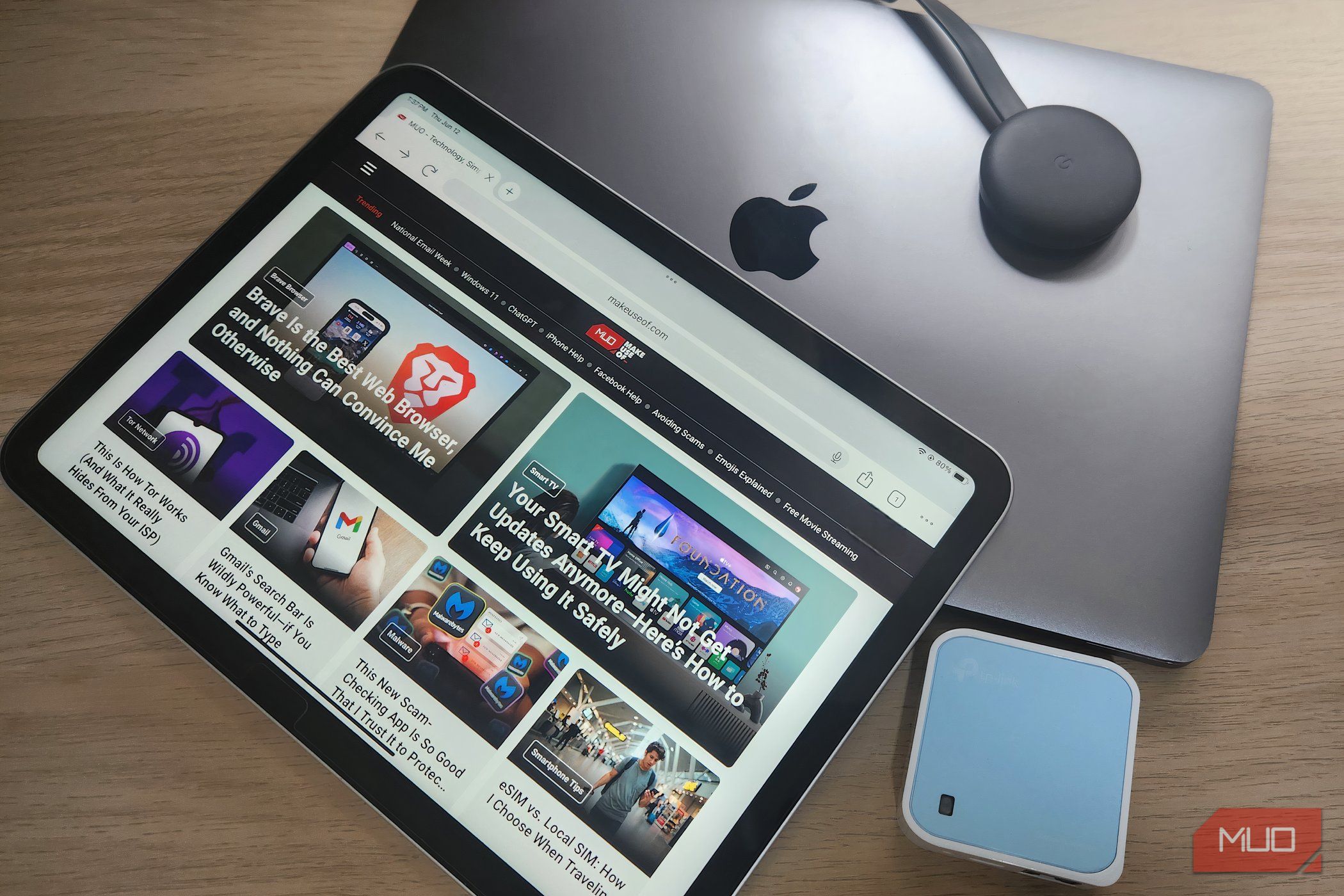
Related
Share Your Hotel Wi-Fi With All of Your Devices Using These Quick Tips
It’s surprisingly easy to share the hotel Wi-Fi across all of your devices.
Use a Travel Router—Or Ditch Wi-Fi Altogether
Using a travel router is another way to improve the Wi-Fi connection in your hotel room. This portable device functions as a miniaturized version of standard home routers. The router’s compact design enables easy portability and allows for operation via a USB port or a wall adapter. These adaptable devices enable internet access through multiple connection methods.
The most common operation of these devices involves repeating an existing Wi-Fi network (such as hotel Wi-Fi) to create a private, secure network for all your devices. The travel router functions as a standard router or access point when connected to a hotel’s internet. Some high-end models include USB modem capabilities and built-in SIM card slots for cellular network access.
The main benefits of using a travel router include enhanced security on public networks, convenient connection through a single device to hotel Wi-Fi, and the ability to bypass hotel-imposed device restrictions. The router maintains a stable network connection for all your devices, so you don’t need to reconnect each one every time you move to a new location. A travel router helps to strengthen weak Wi-Fi signals in your room space and establishes a network for devices to exchange data.
Opt For a Wired Ethernet Connection
Another way to improve the internet connection in your hotel room is to bypass the hotel Wi-Fi altogether.
First, if your hotel room has an Ethernet port, you can speed up your internet connection by using it instead of Wi-Fi. Most computers no longer have an Ethernet port, so you must also ensure you have an Ethernet adapter or hub. Otherwise, you’ll be out of luck. An Ethernet connection is much more reliable than Wi-Fi and will inevitably provide a faster connection.
While your hotel room might not have an Ethernet port, an executive suite or a dedicated business center on-site could provide an alternative. You can find this information at the front desk or on the hotel’s website.
Use a Mobile Hotspot
Wi-Fi speeds are generally faster than those of cellular networks. However, this isn’t always the case in hotels. Therefore, another way to completely bypass Wi-Fi is to use your mobile device’s cellular connection. Most mobile plans now include unlimited data. Better still, they also have a hotspot service built into the packages. This means you can share your cellular connection with others in your room for no extra cost.
Before leaving home, check with your cellular provider to ensure your plan supports hotspot connections, or add a plan that does before you arrive.
Channel bonding software is slightly different from using your phone’s cellular connection. This type of software, such as Speedify, utilizes multiple internet connections to establish a faster and more stable connection. In this case, you could simultaneously use your cellular and the hotel’s Wi-Fi to create an efficient connection.
When in Doubt: Talk to the Hotel
If none of these solutions improve the Wi-Fi connection in your hotel room, you can take one additional step: communicate with hotel staff. A technical problem on their end could be causing the speed issues. As such, all it might take is one conversation to improve the situation for you and everyone else at the hotel.
As you can see, there are several steps you can take to improve the Wi-Fi connection in your hotel room. Some involve changing settings on your connected devices, while others require adding additional equipment, chatting with a hotel employee, or even bypassing Wi-Fi for an alternative connection. The choice is yours.


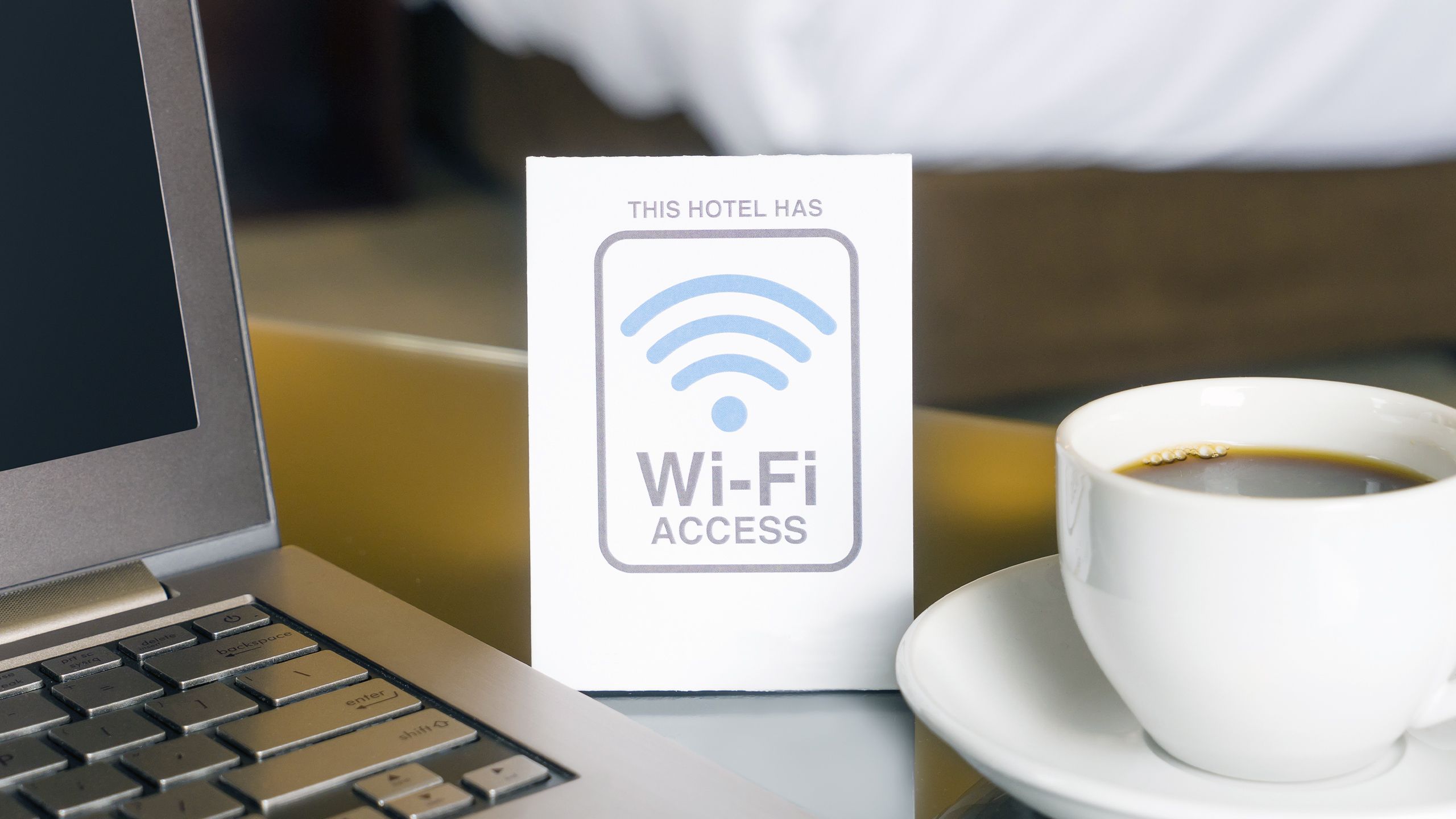
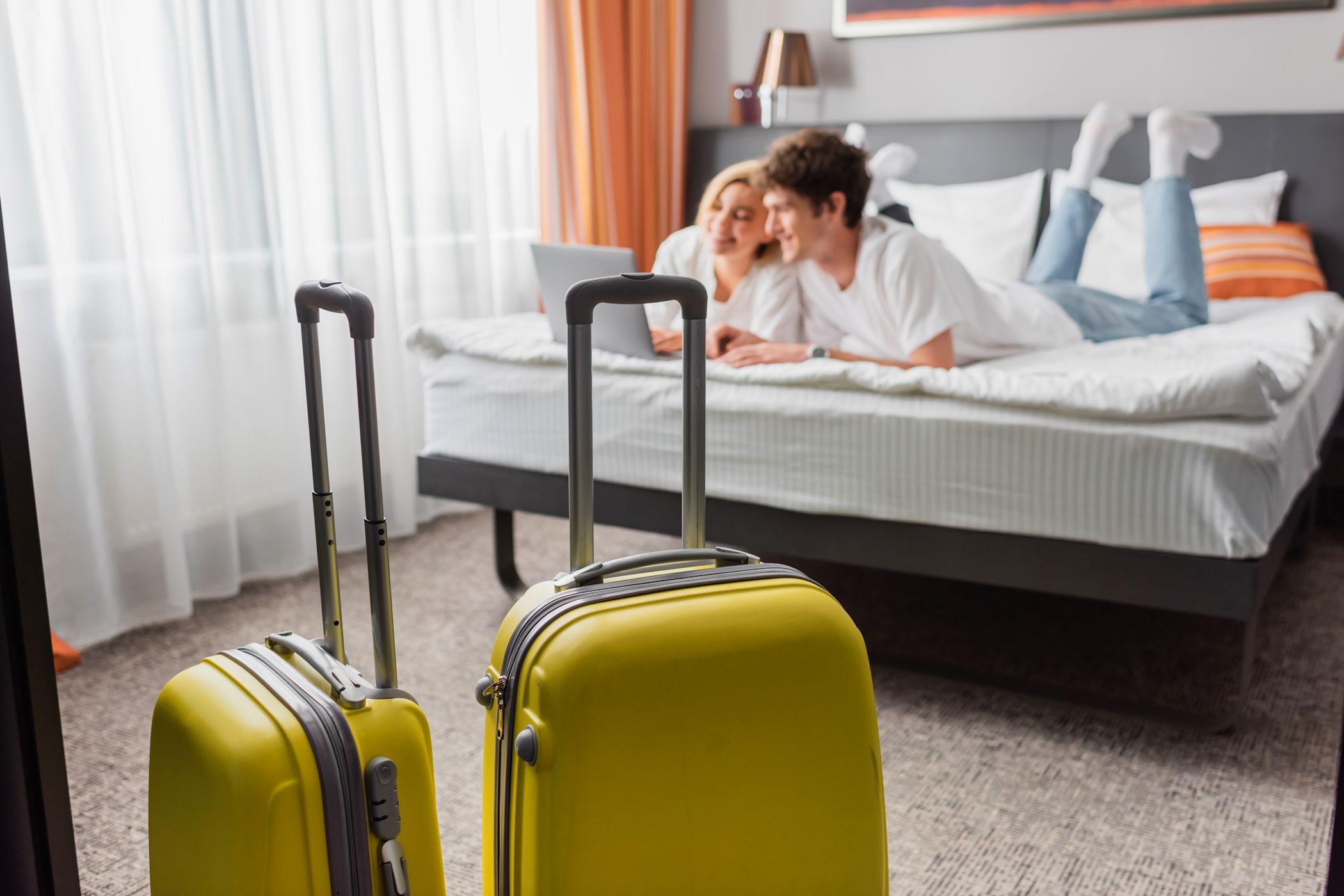
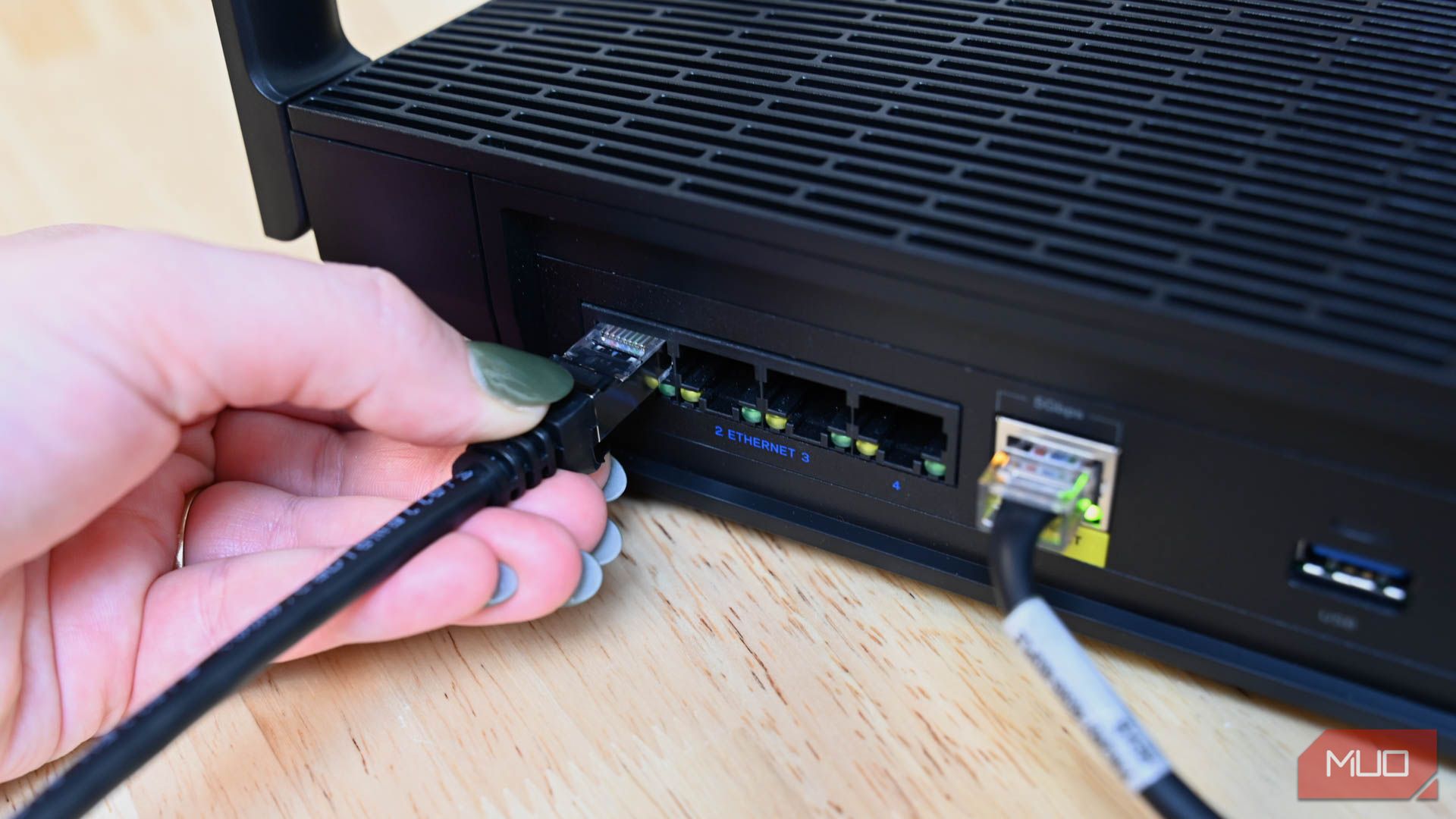
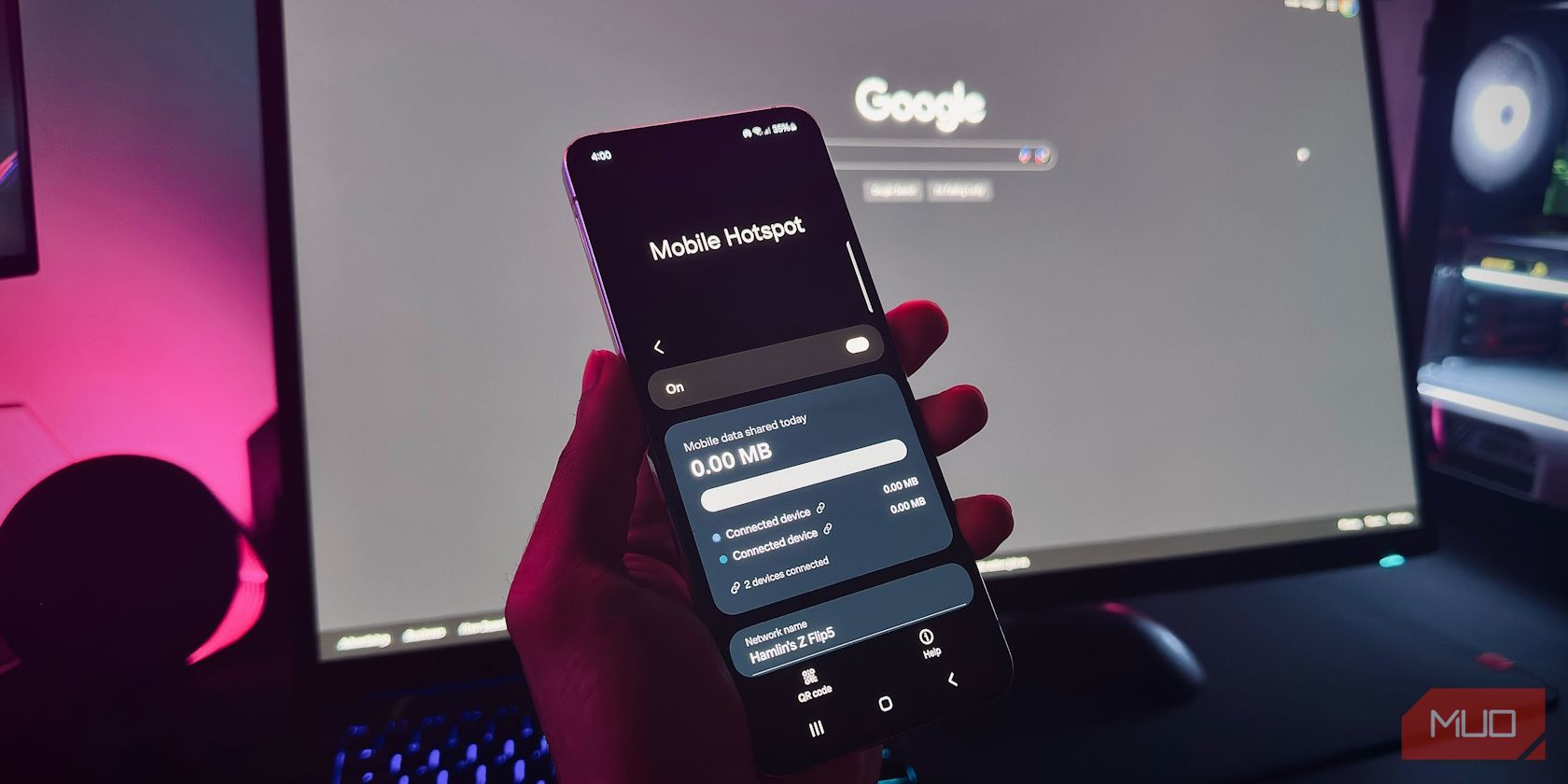





Leave a Comment
Your email address will not be published. Required fields are marked *